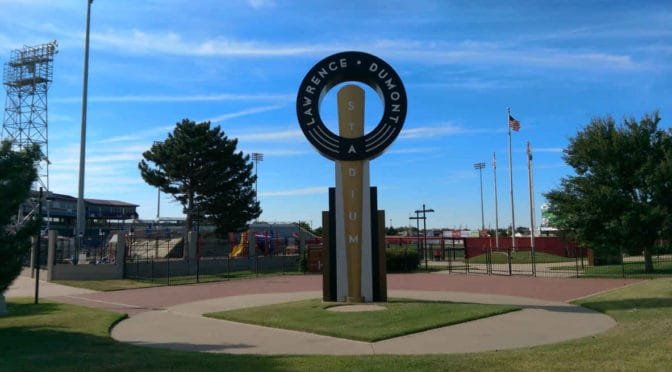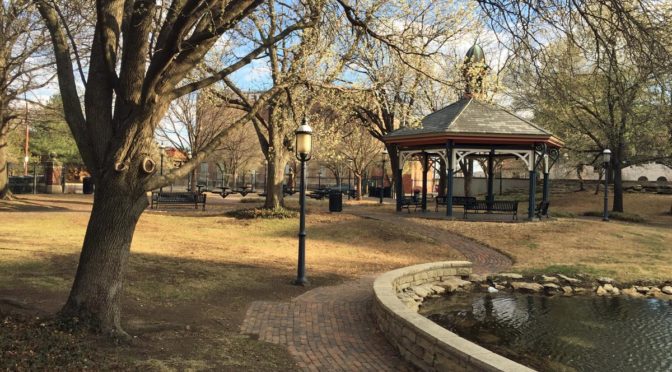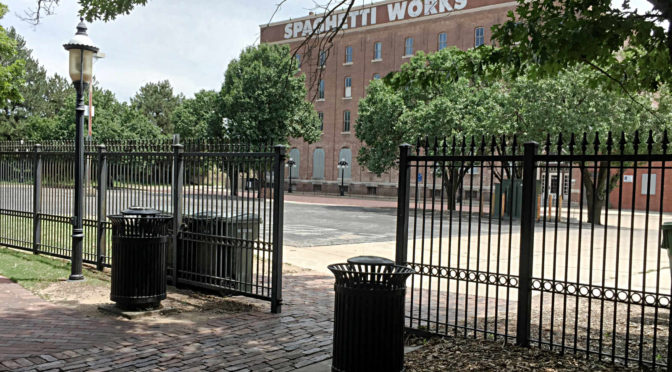Tag: TIF districts
-

Wichita considers a new stadium
The City of Wichita plans subsidized development of a sports facility as an economic driver. Originally published in July 2017.
-

WichitaLiberty.TV: Economic development incentives
A look at some economic development incentive programs in Wichita and Kansas. Second in a series. Tax increment financing (TIF) is prominent in this episode.
-

More TIF spending in Wichita
The Wichita City Council will consider approval of a redevelopment plan in a tax increment financing (TIF) district.
-

Naftzger Park private use plans unsettled
An important detail regarding Naftzger Park in downtown Wichita is unsettled, and Wichitans have reason to be wary.
-

In Wichita, not your tax dollars
At a Wichita City Council meeting, citizens are told, “These tax dollars are not your tax dollars.”
-

Redesigned Naftzger Park likely not only subsidy
The developers of property near Naftzger Park in downtown Wichita will possibly receive millions in other subsidy.
-

Naftzger Park land ownership
One of the issues surrounding Naftzger Park in downtown Wichita is land ownership.
-

Naftzger Park public hearing
On Tuesday August 15 the Wichita City Council will hold a public hearing to consider authorizing spending TIF funds on Naftzger Park.
-

WichitaLiberty.TV: Naftzger Park
Wichita Assistant City Manager and Director of Development Scot Rigby joins hosts Bob Weeks and Karl Peterjohn to discuss the plans for Naftzger Park. Then, Bob and Karl continue the discussion.
-

Naftzger Park construction manager
The City of Wichita seeks a construction manager for the construction of Naftzger Park.
-

Naftzger Park tax increment financing (TIF)
Background on tax increment financing (TIF) as applied to Naftzger Park in downtown Wichita.
-

Upcoming Naftzger Park legislative action
The redesign of Naftzger Park in downtown Wichita is not a done deal, at least not legally.